This technology ensures that eco-friendly, quiet and efficient vehicles will be on our roads
Climate change, oil shortage, air pollution: Mobility has to be CO2-neutral in the future. E-cars and hybrid vehicles emit fewer exhaust gases than cars with combustion engines, if any. Electromobility is therefore an important way of enabling that – as long as the power is obtained from renewable energies. The IEA predicts that electric vehicles will have a market share of roughly 30 percent by 2030, with a total number of 34 million e-cars on the roads.
Electric vehicles are changing the way we move – not only because they are more eco-friendly. An e-car costs more than a comparable gasoline or diesel vehicle – mainly due to the large costs of producing the battery, although its prices have fallen in the past years. However, electricity is cheaper than fossil fuels. Moreover, electric vehicles require less maintenance and fewer repairs. There’s no need to change the oil and filters, and there are no exhaust systems, timing belts or V-belts.
A combustion engine has around 2,500 components that have to be made and assembled – compared with just 250 in an electric motor. E-cars can be serviced quickly by software updates over the air (SOTA). Electric cars deliver high performance and have a far higher efficiency than vehicles with a combustion engine: The ratio between the energy that is fed in and can be used is around 90 percent for electric powertrains. That figure is just 35 percent for gasoline engines and 45 for diesel engines. The rest is lost as heat, for instance.
Due to the fact that a high torque is available immediately, e-cars can accelerate faster from 0. They can also obtain energy with the aid of the inverter, such as when they brake, and feed it back to the battery. This effect is called recuperation. E-cars have special rights in some countries: In some cities in Germany, they can park free of charge in and use the bus lanes, for example. E-car drivers in Norway have even more privileges.
 |
HybridPACK™ Drive Module FS660R08A6P2FB HybridPACK™ Drive module with EDT2 IGBT and Diode is a very compact six-pack module optimized for hybrid and electric vehicles. The product FS660R08A6P2FB comes with a flat baseplate and is a 750V/660A module derivate within the HybridPACK Drive family. |
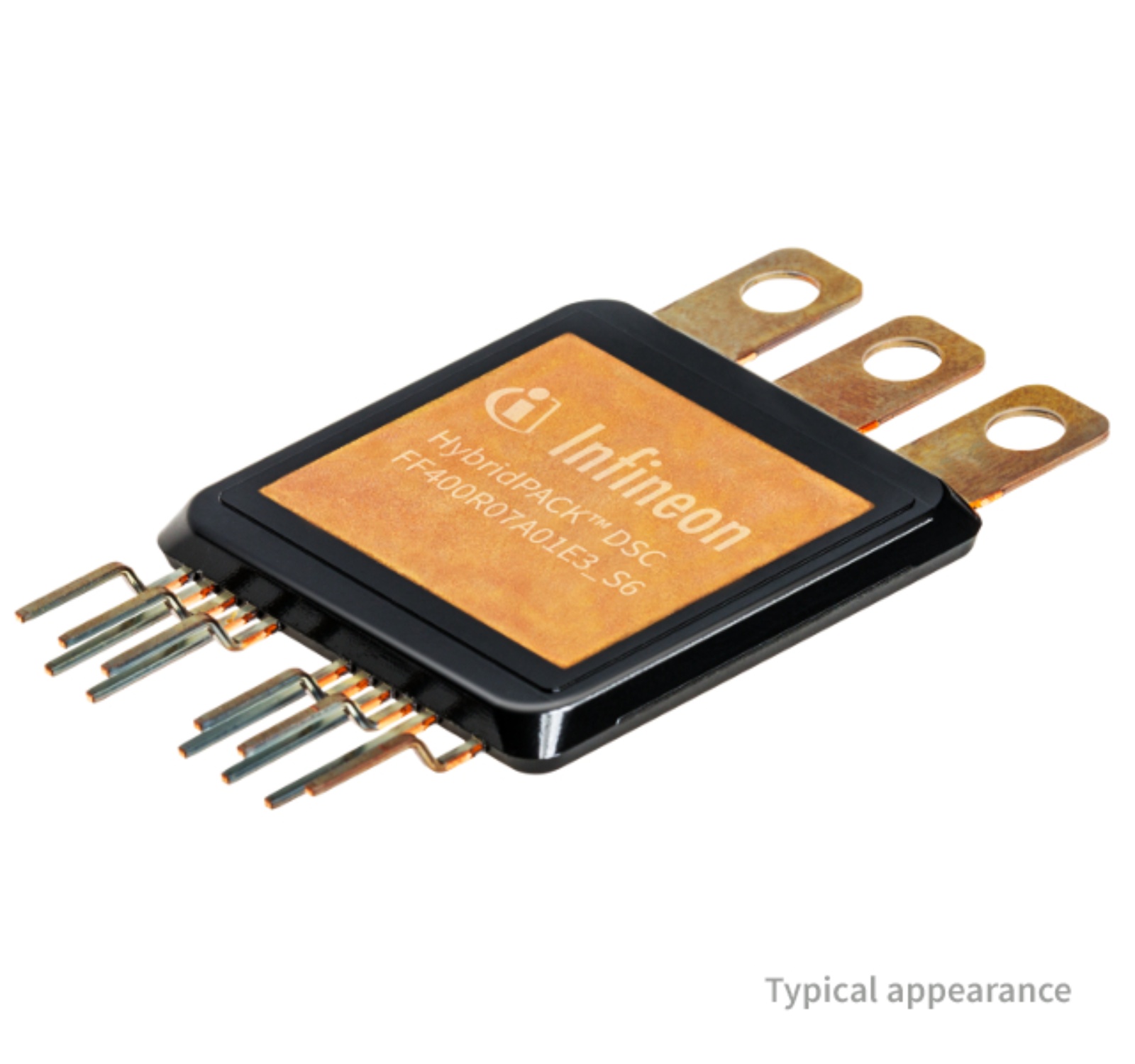 |
Double Side Cooled Module The HybridPACK™ DSC S1 is a very compact half-bridge module targeting hybrid and electric vehicles. |
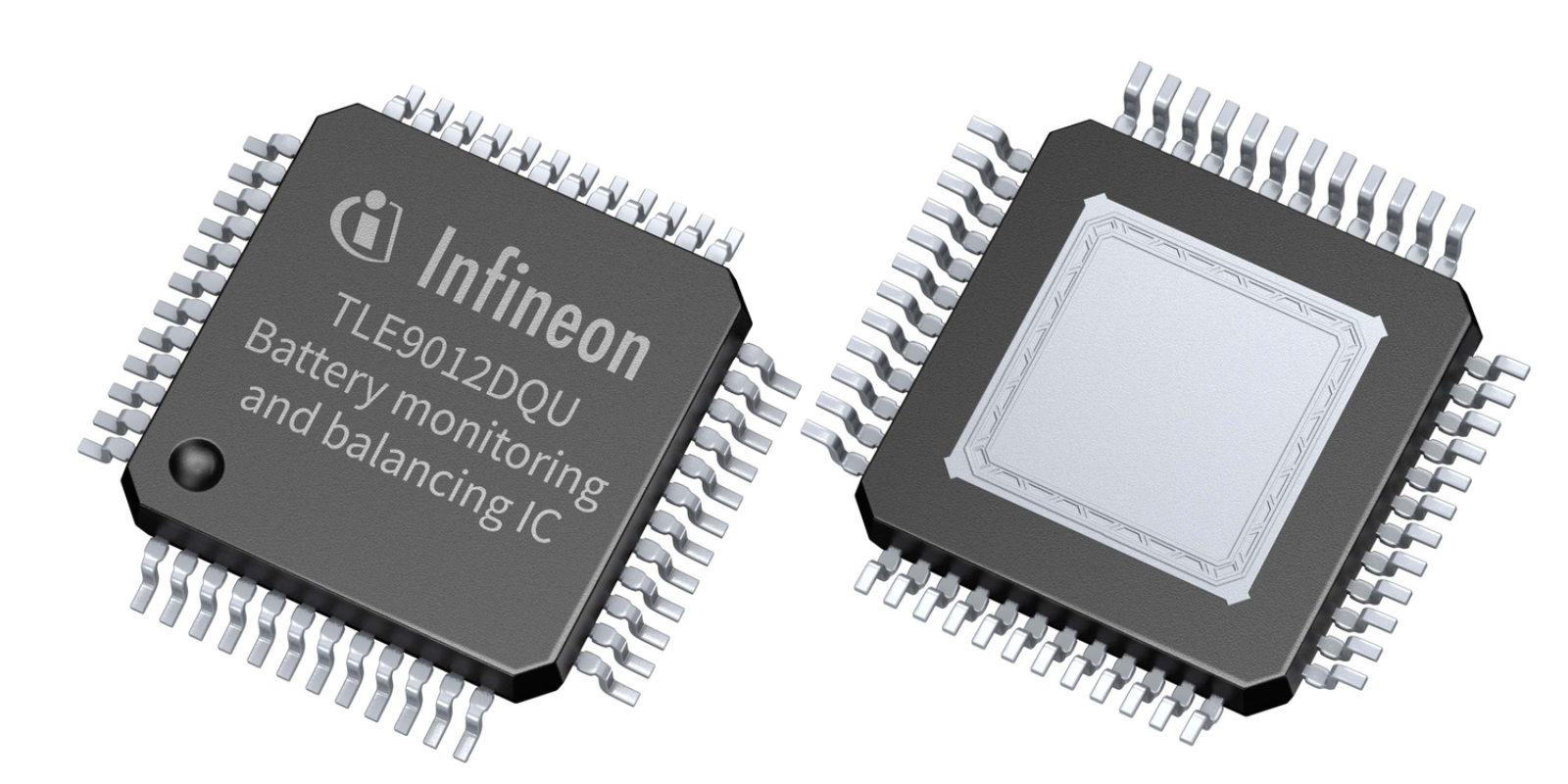 |
Li-ion battery monitoring and balancing IC Voltage monitoring of up to 12 battery cells connected in series. Hot plugging support. Dedicated 16-bit delta-sigma ADC for each cell with selectable measurement mode. |
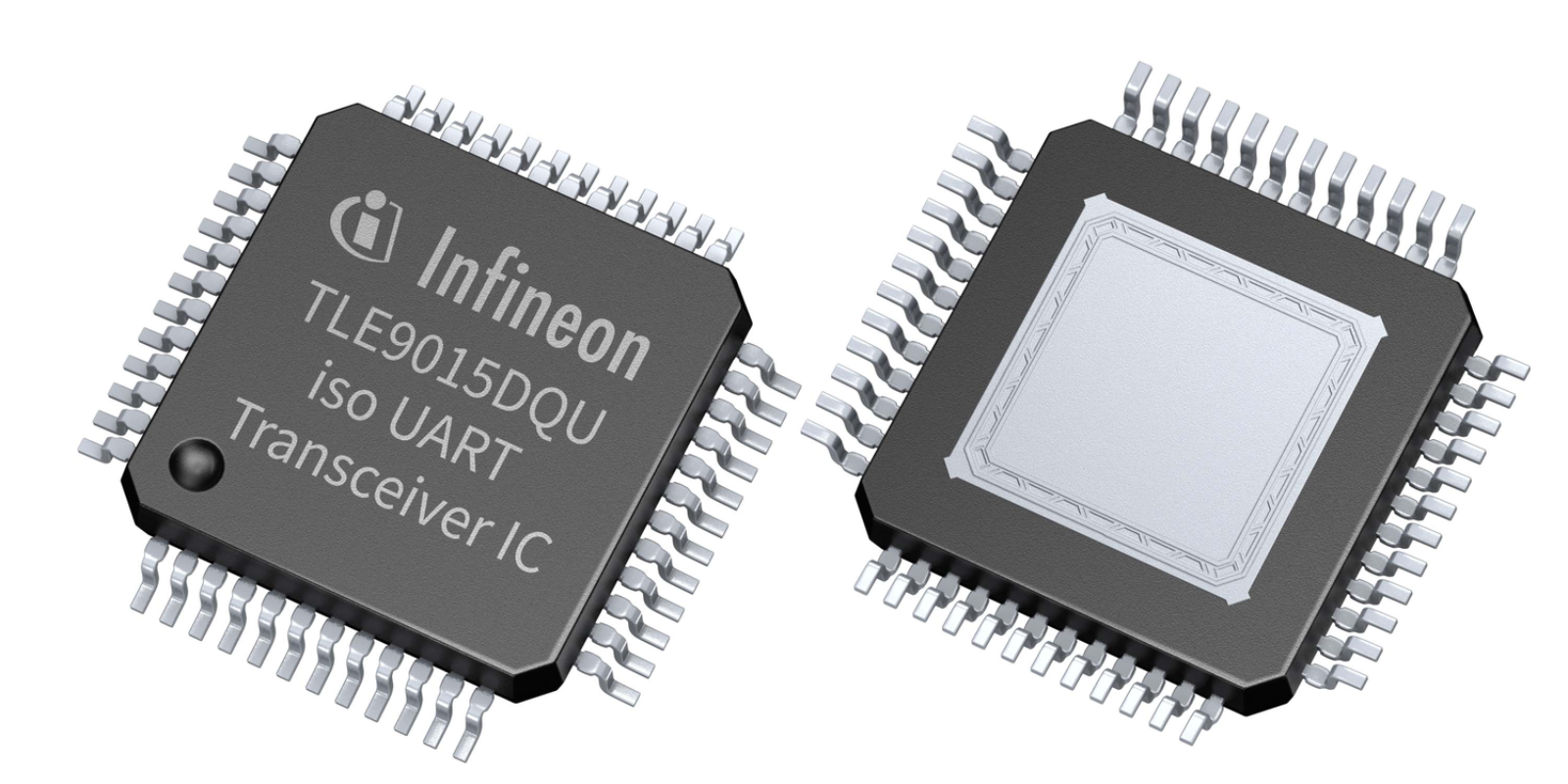 |
ISO UART transceiver IC Compatibility for ring mode topology. Two UART ports for serial communication to host microcontroller. Two iso UART interfaces for communication to other BMS ICs |
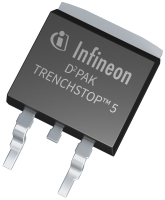 |
High speed switching series fifth generation High speed fast IGBT in TRENCHSTOP™ 5 technology copacked with RAPID 1 fast and soft antiparallel diode. |
 |
CoolSiC™ Automotive Schottky Diode 650V G5 650V/8A Silicon Carbide Schottky Diode in D2PAK (Real 2 Pins). Revolutionary semiconductor material - Silicon Carbide. |
 |
Easy 1B Module CoolSiC™ Automotive MOSFET EasyDUAL module with CoolSiC™ Automotive MOSFET and PressFIT/NTC is a half bridge module which combines the benefits of Infineon’s robust silicon carbide technology with a very compact and flexible package for hybrid and (fuel cell) electric vehicles. |
 |
32-Bit Microcontroller TC233 / TC234 / TC237 32-Bit Single-Chip Microcontroller A-Step. 32-Bit Single-Chip Microcontroller |
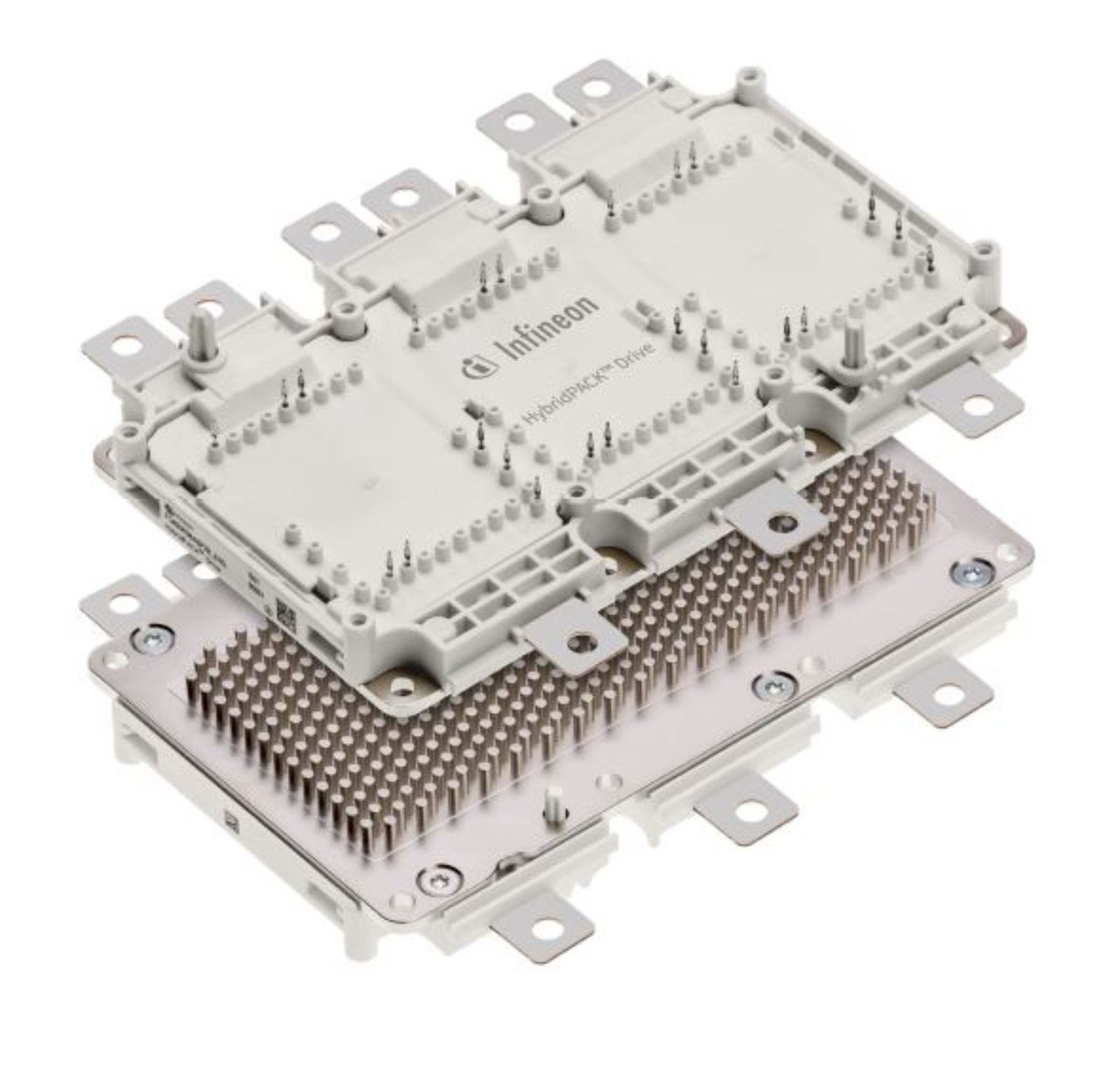 |
HybridPACK™ Drive Module FS380R12A6T4B HybridPACK™ Drive module with Trench/Fieldstop IGBT4 and Emitter Controlled 4 diode is a very compact six-pack module (1200V/380A) optimized for hybrid and electric vehicles. |
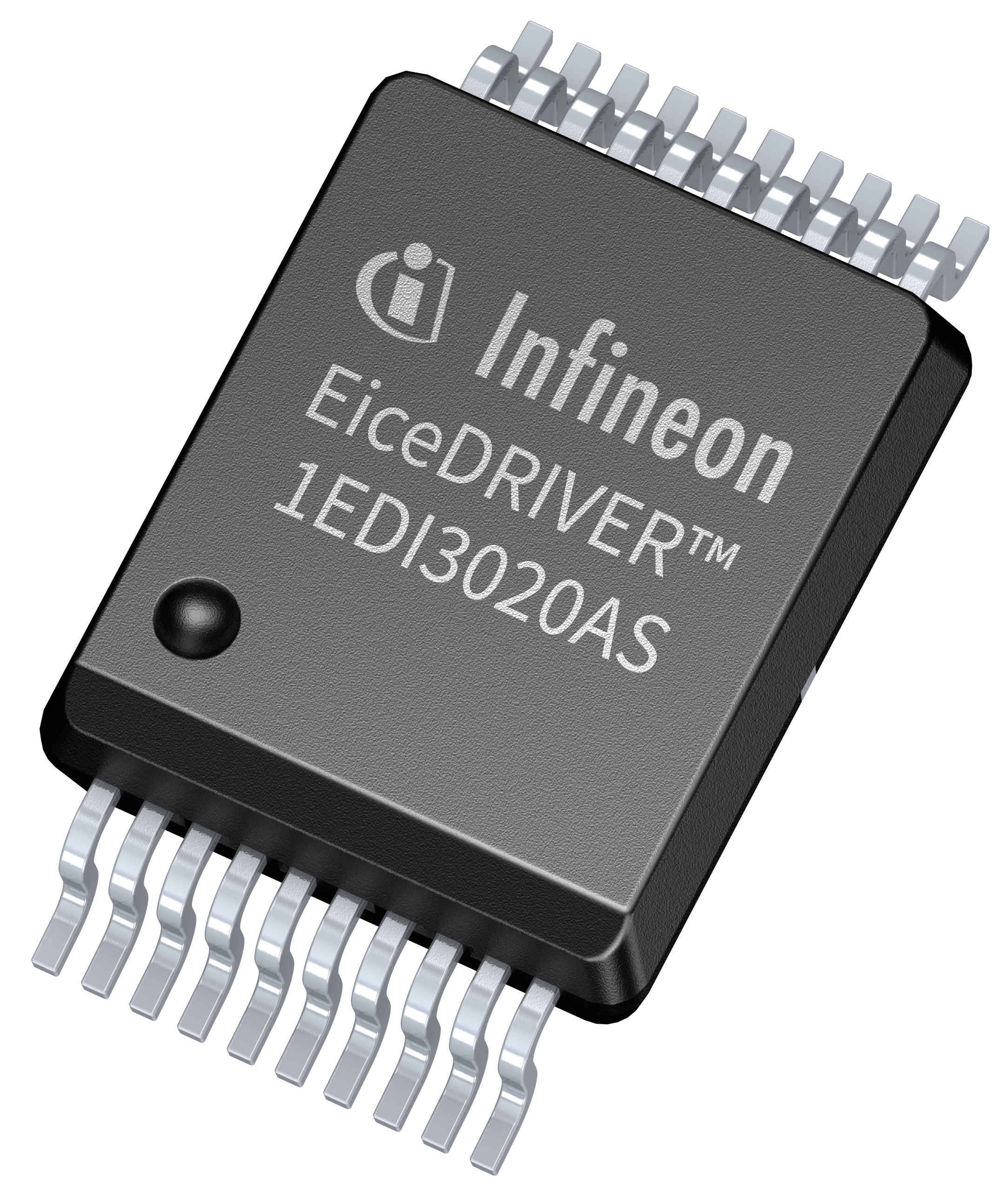 |
EiceDRIVER™ gate driver Single channel isolated IGBT driver using coreless transformer technology. For IGBTs up to 1200 V. CMTI up to 150 V/ns at 1000 V. |
 |
650V CoolMOS™ CFDA Power Transistor MOSFET Metal oxide semiconductor field effect transistor. CFDA automotive 650V CoolMOS™ CFDA Power Transistor. IPx65R150CFDA. |
 |
EasyPACK module with fast Trench/Fieldstop IGBT3 EasyPACK module with fast Trench/Fieldstop IGBT3 and Rapid 1 diode and PressFIT/NTC has automotive application, high frequency switching application. |
 |
HybridPACK™ Drive Module FS820R08A6P2 The HybridPACK™ Drive is a very compact six-pack module (750V/820A) optimized for hybrid and electric vehicles. |
Brochures
Challenges of building high voltage automotive battery management systems
Safe and reliable MOSFET operation in bidirectional power switch (BDPS) applications
Whitepapers
Along with the ever-growing number of electric vehicles on the market and pressure from governments to reduce vehicle emissions to zero latest by 2050, there is a strong need for more efficient charging solutions. As various consumer studies show, the acceptance of electromobility very much depends on the availability and duration of the charging process, high-power DC charging stations are the answer to these market requirements. Already today, a typical EV can charge about 80% of its battery capacity in less than 10 minutes. This is comparable to refueling a conventional car with internal combustion engine.
As the market leader in power electronics, Infineon helps you to bring energy-efficient DC fast charging designs to life. Benefit from one of the most comprehensive, ready-to-implement one-stop product and design portfolios on the market that covers the entire product range from power conversion, microcontrollers, security, auxiliary power supply, and communication.
For DC EV charging designs up to 150 kW, Infineon’s discrete products offer the best price/performance ratio. These include our 600 V CoolMOS™ SJ MOSFET P7 and CFD7 families, 650 V IGBT TRENCHSTOP™ 5 and 1200 V CoolSiC™ MOSFET. Our CoolMOS™ and CoolSiC™ MOSFETs matchless advantages include high frequency operation, high power density and reduced switching losses, allowing you to reach high levels of efficiency in any battery charging system. Our portfolio of high voltage switches is complimented by 650 V and 1200 V CoolSiC™ Schottky diodes. Since every switch needs a driver, and every driver needs to be controlled, we also offer the matching EiceDRIVER™ gate driver as well as XMC™ and AURIX™ microcontrollers for EV charging designs. OPTIGA™ products complete the portfolio and ensure data protection and security. Chargers in the power range above 50 kW are typically built with IGBTs CoolSiC™ MOSFETs and diode power modules, e.g. CoolSiC™ Easy Modules, IGBT EconoPACK™ and the IGBT EconoDUAL™ family. Charger piles with a capacity of more than 100kW are usually built in a modular approach with stacked sub-units. Already today, these sub-units have reached a capacity of 20-50 kW each and will go beyond this in future designs.
 |
Half-bridge 1200 V CoolSiC™ MOSFET Module The EasyDUAL™ 2B 1200 V, 6 mΩ half-bridge module with CoolSiC™ MOSFET, NTC temperature sensor, PressFIT contact technology and aluminium nitride ceramic allows for better thermal conductivity of DCB material (RthJH improvement by 40% possible) and superior gate-oxide reliability of CoolSiC™ MOSFET. |
 |
EconoDUAL™ 3 IGBT Module The EconoDUAL™ 3 1200 V, 450 A dual IGBT module with TRENCHSTOP™ IGBT4, Emitter Controlled HE Diode, NTC and PressFIT Contact Technology is also available with Thermal Interface Material. There are no plugs and cables required and it is ideal for low inductive system designs. |
 |
650V CoolSiC™ MOSFET The IMZA65R027M1H CoolSiC™ MOSFET 650 V is optimized to allow no compromises in getting both the lowest losses in the application and the highest reliability in operation. This SiC MOSFET comes in a TO247 4-pin package that reduces parasitic source inductance effects on the gate circuit enabling faster switching and increased efficiency. |
 |
EiceDRIVER™ Enhanced Every switch needs a driver, and the right driver makes a difference. EiceDRIVER™ Enhanced isolated driver family now includes the new X3 Analog (1ED34xx) and X3 Digital (1ED38xx) with best-in-class DESAT, Miller clamp, Soft-off, and I2C configurability. This highly-flexible gate driver family offers a wide range of configurable features and monitoring options. |
 |
CoolSiC™ 1200V SiC Trench MOSFET CoolSiC™ 1200V SiC Trench MOSFET Silicon Carbide MOSFET. Very low switching losses. Threshold-free on state characteristic. |
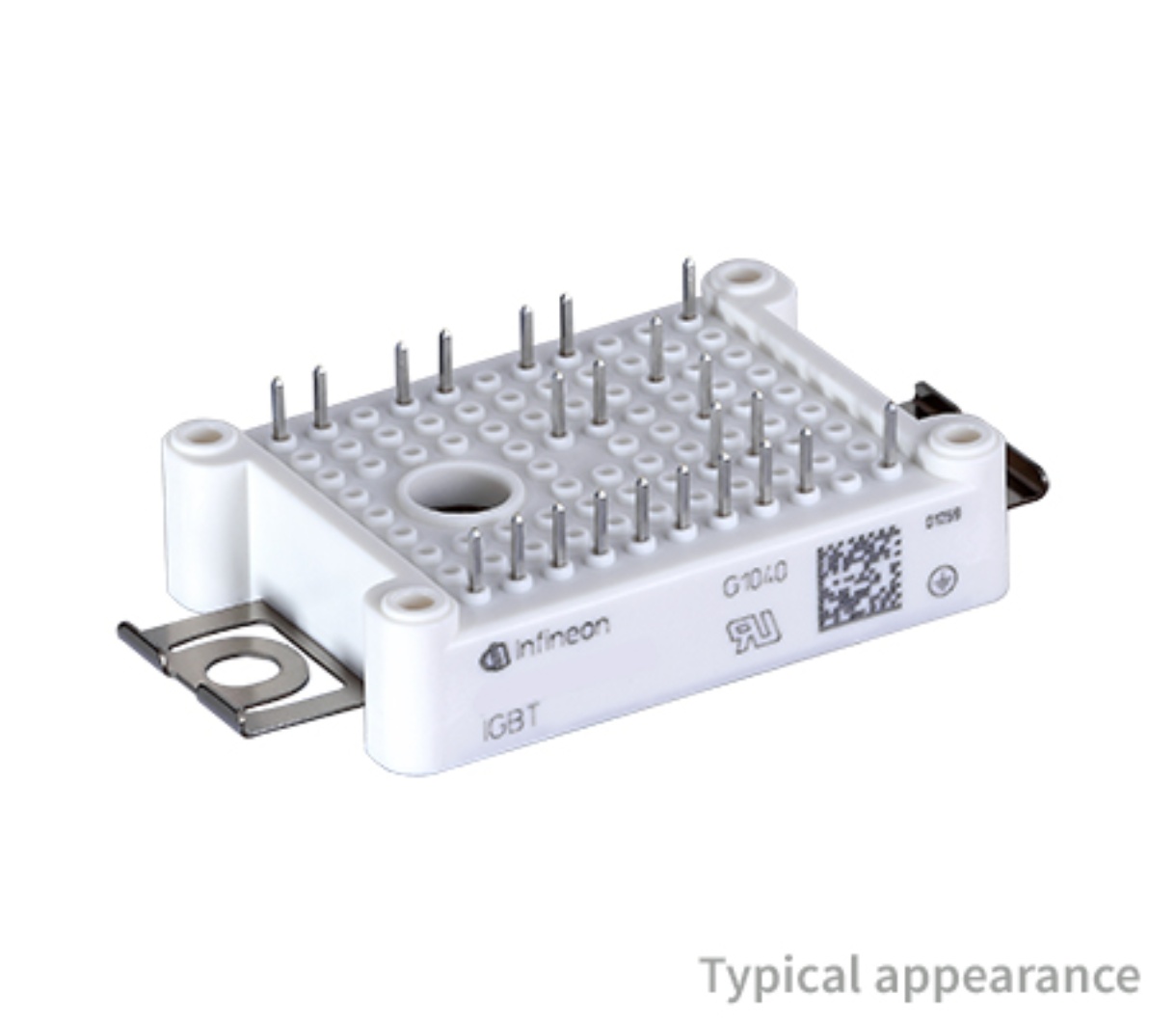 |
EasyBRIDGE module EasyBRIDGE module with CoolSiC™ Schottky diode and PressFIT / NTC. Compact design, rugged mounting due to integrated mounting clamps. |
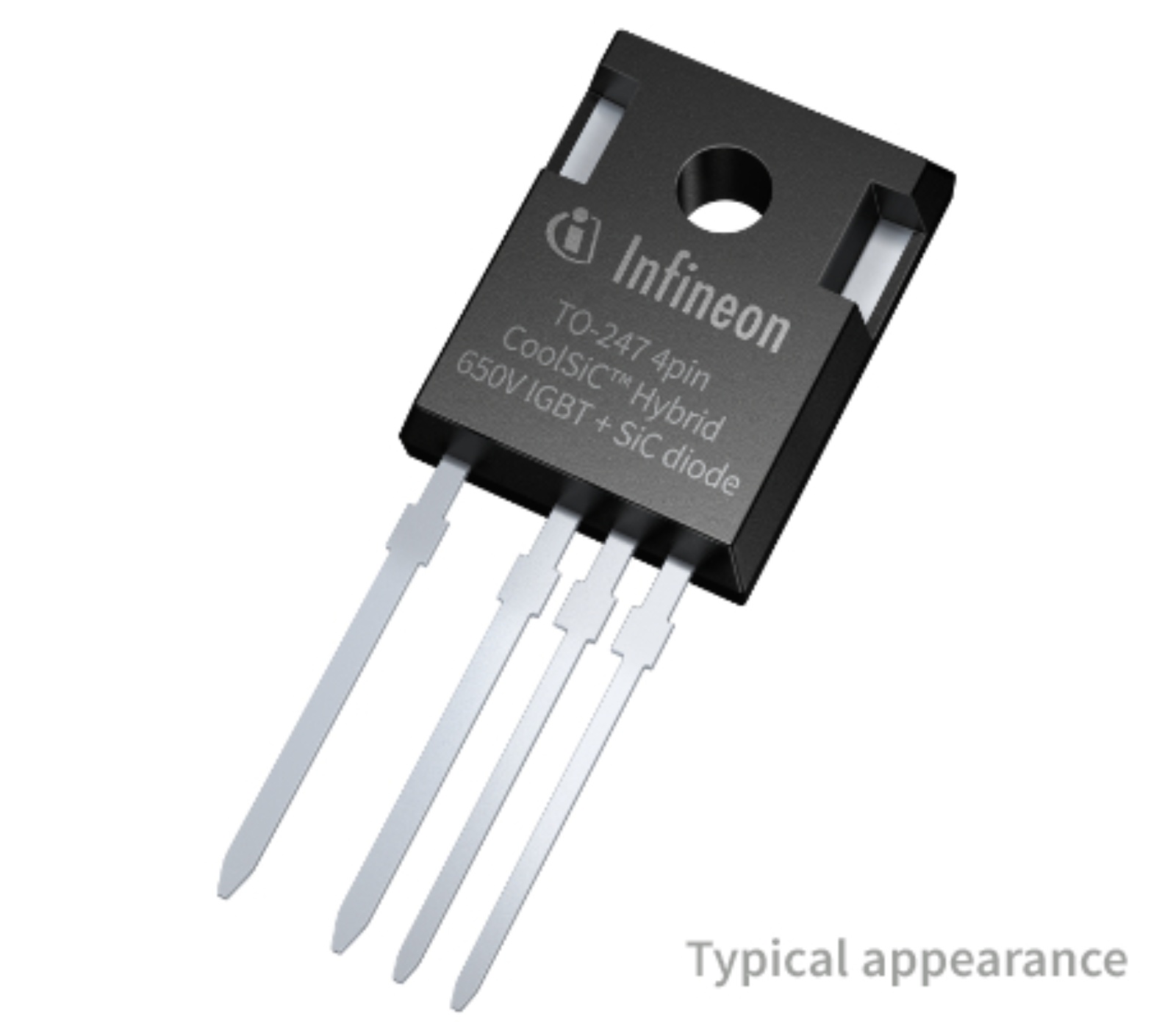 |
Hybrid CoolSiC™ IGBT TRENCHSTOP™ 5 H5 IGBT co-packed with half-rated 6th generation CoolSiCTM Schottky barrier diode. |
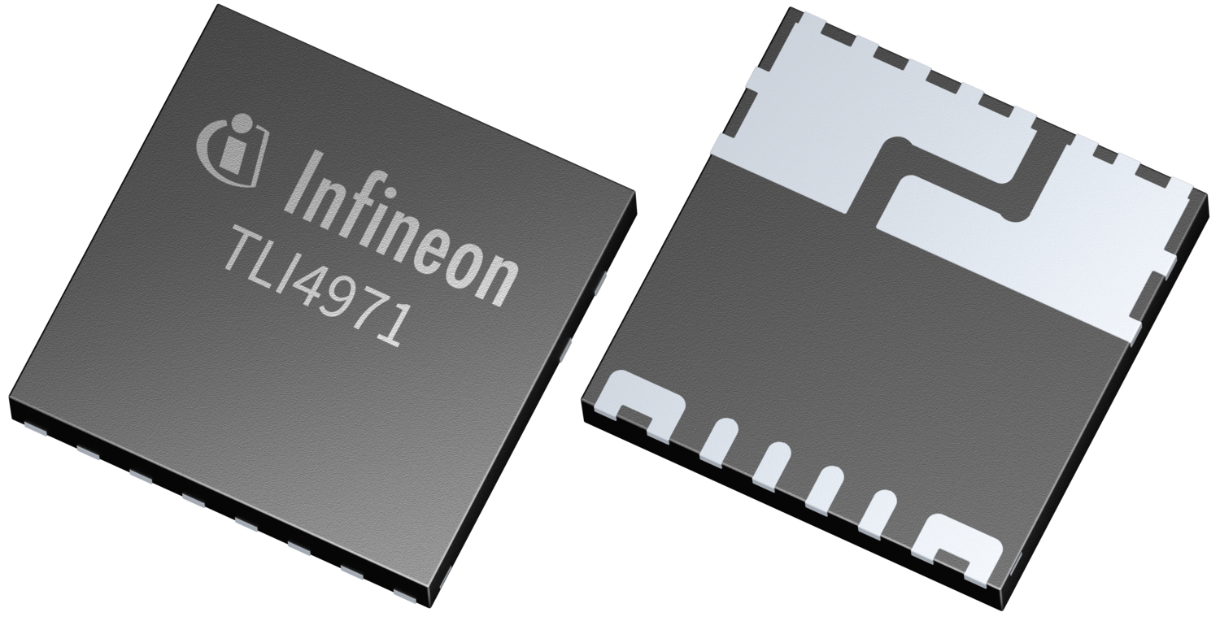 |
High precision coreless current sensor TLI4971 XENSIV™ - TLI4971-A050T5-E001 high precision coreless current sensor with analog interface and dual fast over-current detection outputs. |
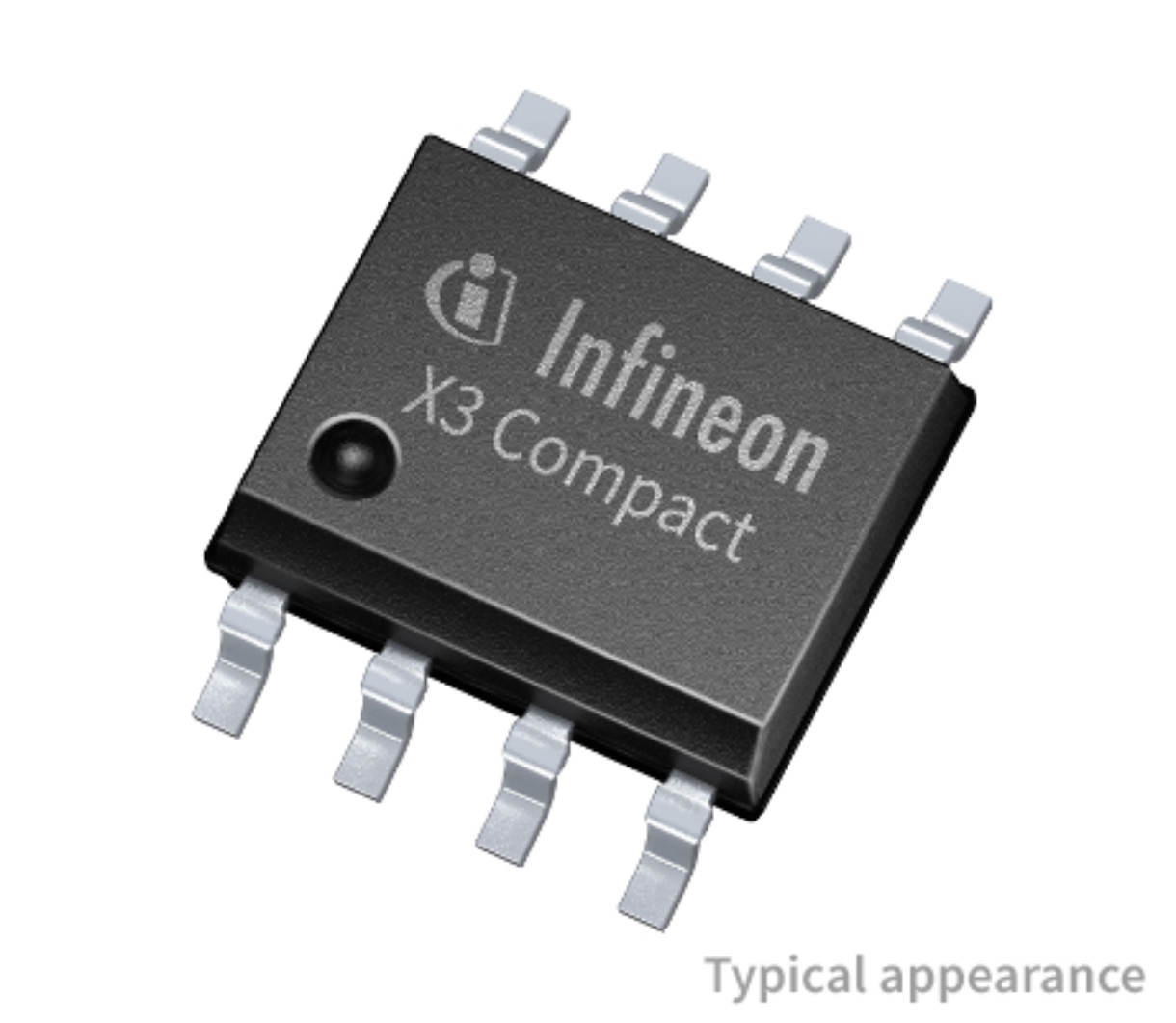 |
EiceDRIVER™ 1ED312xMU12F Compact 14 A, 3 kV (rms) single-channel isolated gate driver with separate output, UL 1577 certified, 10.5 V UVLO. |
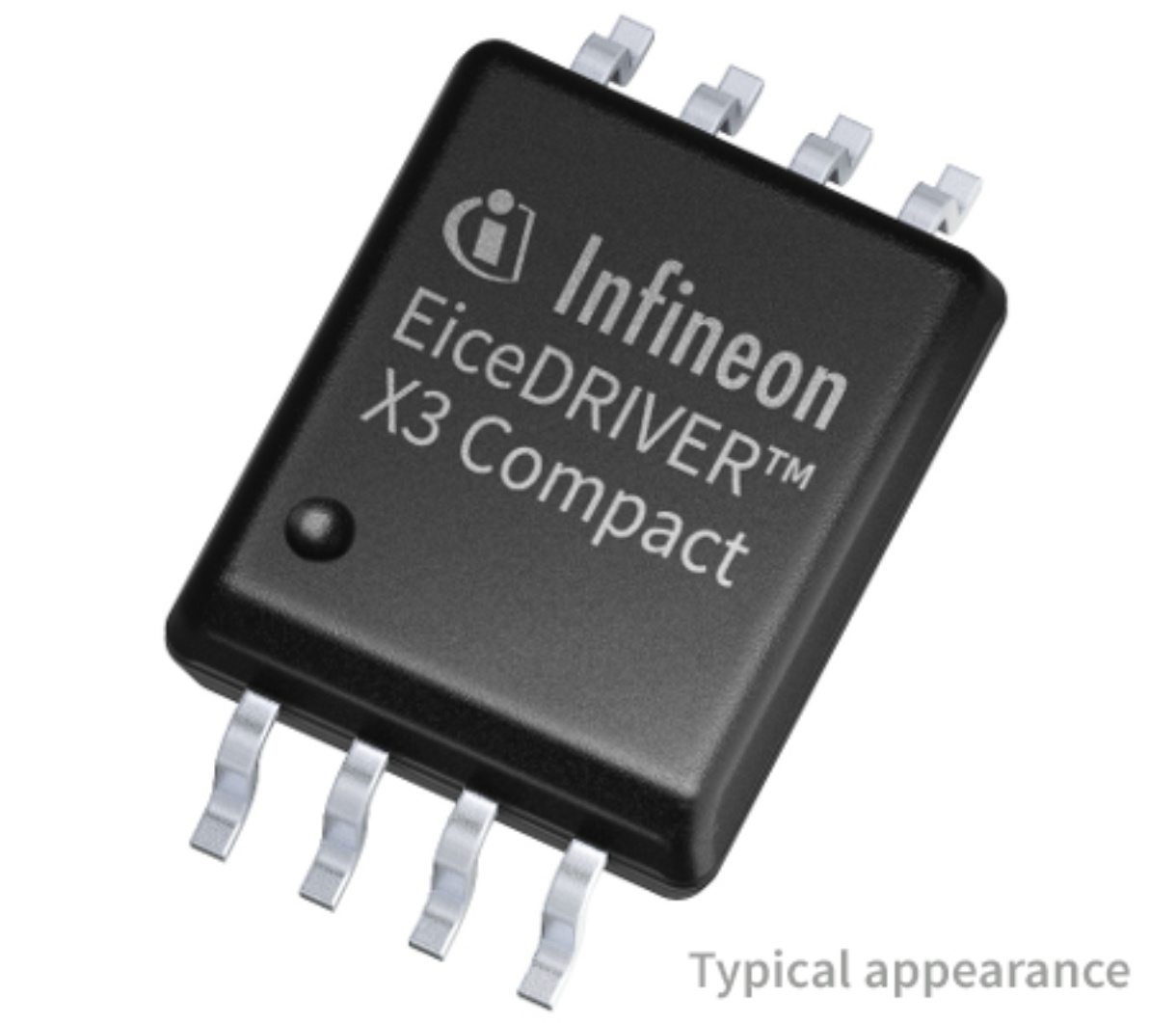 |
EiceDRIVER™ 1ED31xxMC12H Compact 5.5 A, 5.7 kV (rms) single-channel isolated gate driver with separate output, UL 1577 & VDE 0884-11 certified, 8 V UVLO. |
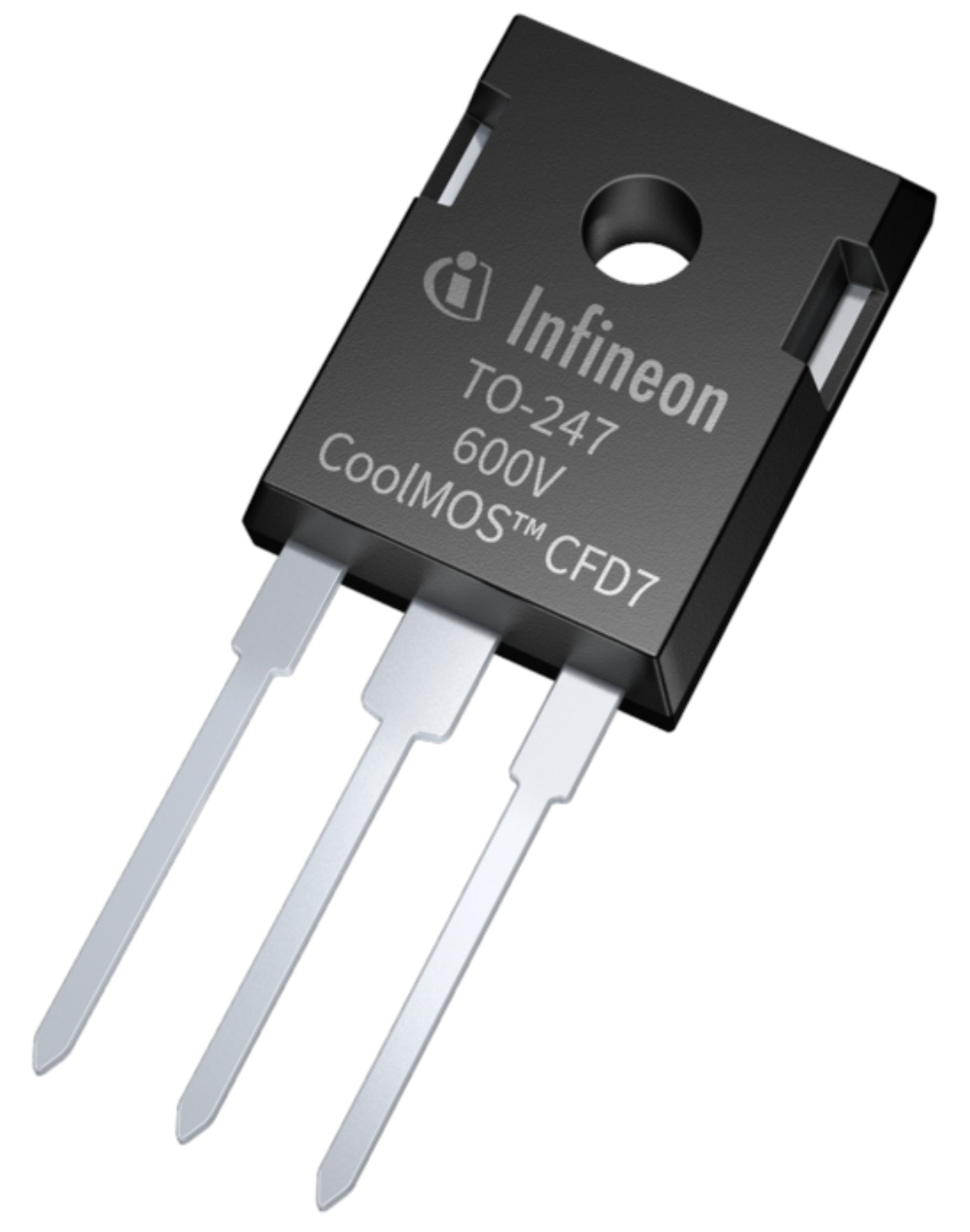 |
600V CoolMOS™ CFD7 Power Transistor CoolMOS™ is a revolutionary technology for high voltage power MOSFETs, designed according to the superjunction (SJ) principle and pioneered by Infineon Technologies. |
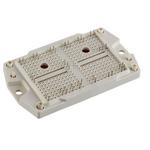 |
EasyPACK™ module with TRENCHSTOP™ IGBT7 and CoolSiC™ Schottky diode EasyPACK™ module with TRENCHSTOP™ IGBT7 and CoolSiC™ Schottky diode and PressFIT/NTC. 3-level-applications, Solar applications. |
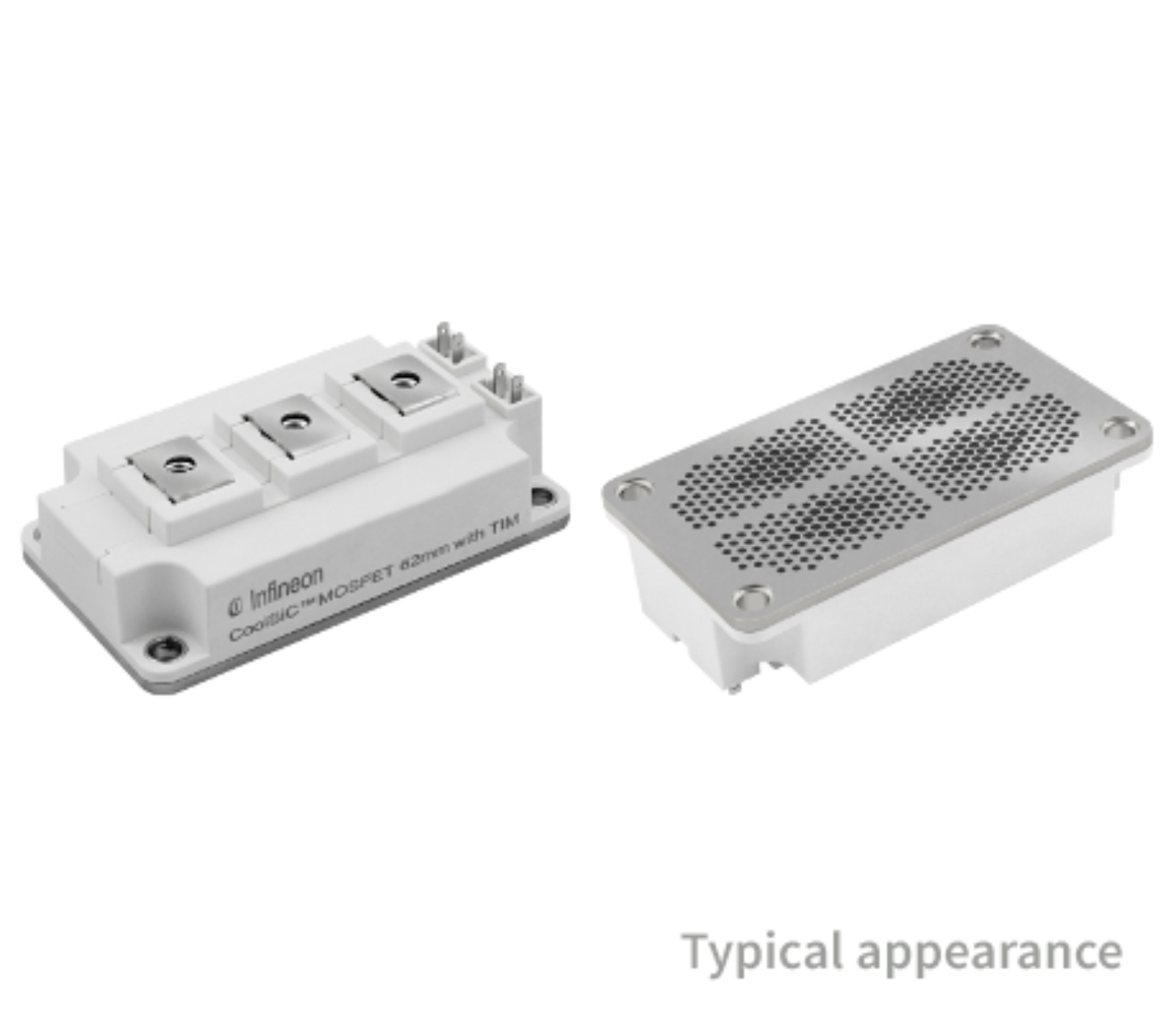 |
62mm C-Series module with CoolSiC™ Trench MOSFET 62mm C-Series module with CoolSiC™ Trench MOSFET and pre-applied Thermal Interface Material. High Frequency Switching application. |
 |
|
 |
 |
||
 |
CoolSiC™ 1200 V SiC Trench MOSFET CoolSiC™ 1200 V, 7 mΩ SiC Trench MOSFET in TO247-4 package |
Brochures

